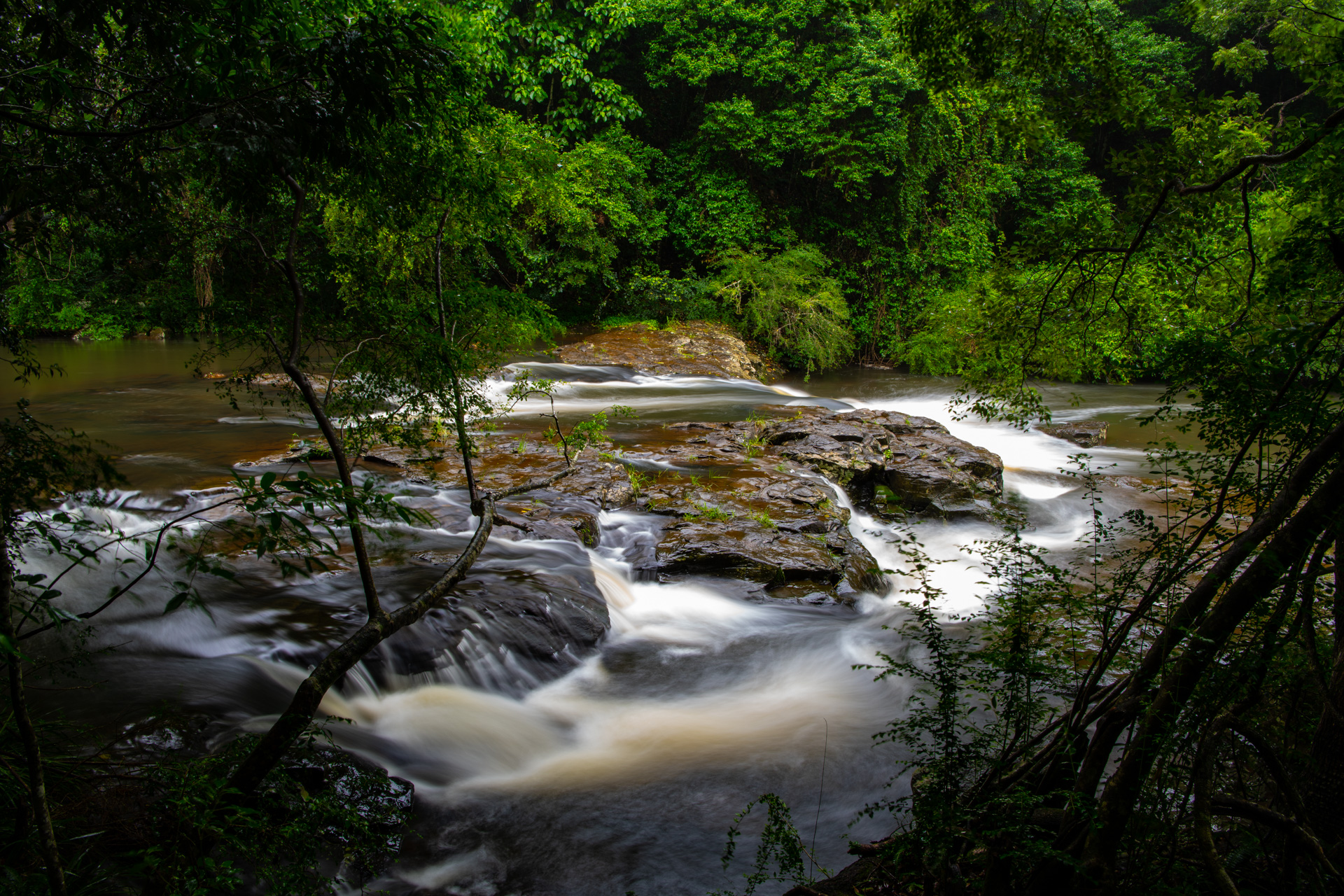|
|
Water sourceWetlands may receive water from several sources including overland flow, tides, waves, precipitation, groundwater discharge (e.g., springs and seeps), rivers or anthropogenic sources[4]. Separate from, but associated with the source of water, is hydrodynamic energy sources that drive water movement[3]. The source of water affects both the water chemistry and the hydrological regime of the wetland. Despite its importance, water source can be difficult to identify and often there is more than one source. The standard way to determine the relative inputs of water source to a wetland is to install wells and monitor hydrology over an adequate period of time, to include the broader hydrological regime of the wetland.[4]. Quick facts
The water source for a wetland determines many aspects of its structure and function. Groundwater-fed wetlands receive most of their water from subsurface flow and are referred as groundwater dependant ecosystems. The chemistry of groundwater is determined by the materials through which it flows. Surface fed wetlands are often on riverine floodplains and may be inundated in the wet season, but may be dry during other parts of the year. Surface water inputs normally have higher energy and can transport more sediment[2]. In coastal wetlands, the movement and distribution of water can range from permanent flooding in subtidal wetlands to less frequent inundation in intertidal wetlands, with changes in water level associated with the tides[2]. The periodicity of freshwater source and volume is an important controlling factor for estuarine and marine ecosystems. For example distance from a river mouth and riverine floodplumes determines the species composition and percentage cover of hard coral of nearshore coral reef communities. Groundwater-influenced estuarine ecosystems include sedges and Bruguiera mangroves[1]. The inundation and saturation of wetland soils by water can lead to the formation of anaerobic conditions. In most wetlands, small, oxidised layers of soils may persist on the surface or around the roots of vascular plants, but generally, anoxic, anaerobic, or reduced, conditions prevail. At the local scale, plant species distribution is determined primarily by the environmental characteristics of a site. In a wetland, water chemistry and hydrological regime are two of the most important of these environmental characteristics and both are related to the water source. The chemistry of groundwater and surface water differs since groundwater is influenced by the substrate through which it flows. Because of the effects on plant species distribution, it is sometimes possible to use vegetation as an indicator of the dominant water source of a site[4]. References
Last updated: 24 October 2023 This page should be cited as: Department of Environment, Science and Innovation, Queensland (2023) Water source, WetlandInfo website, accessed 8 May 2025. Available at: https://wetlandinfo.des.qld.gov.au/wetlands/ecology/components/water-physical/water-source/ |

 — Department of the Environment, Tourism, Science and Innovation
— Department of the Environment, Tourism, Science and Innovation


